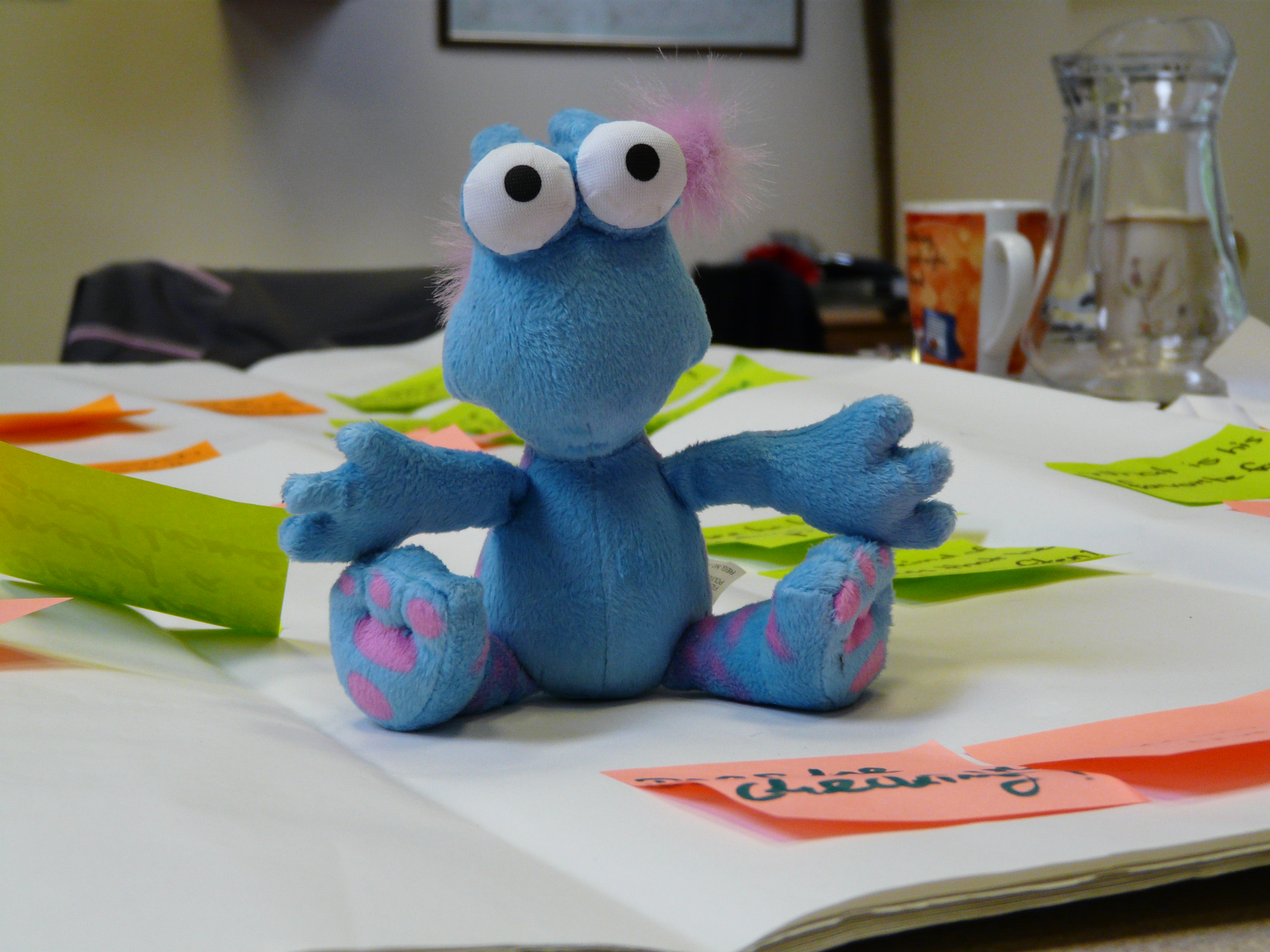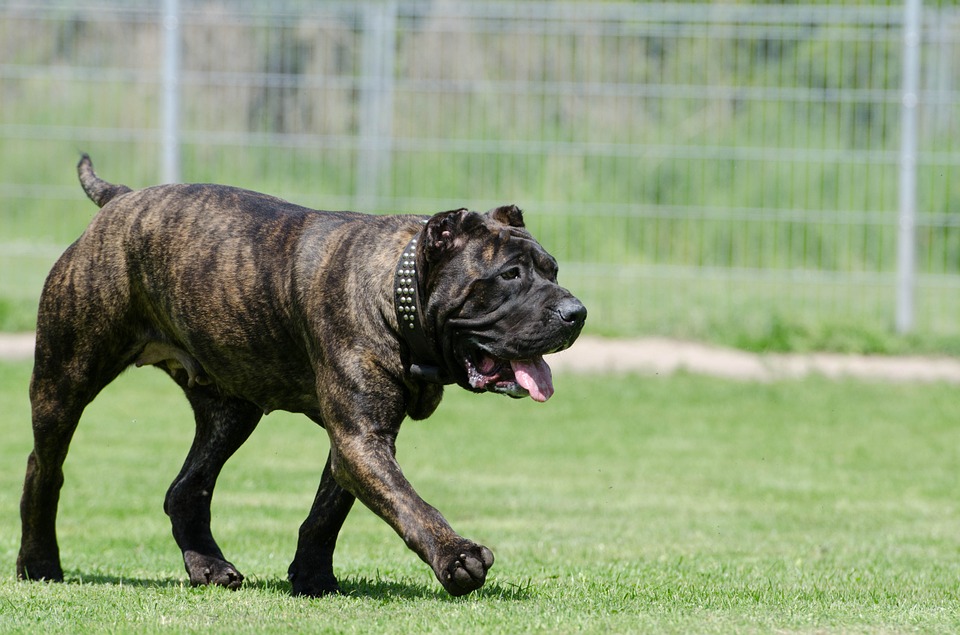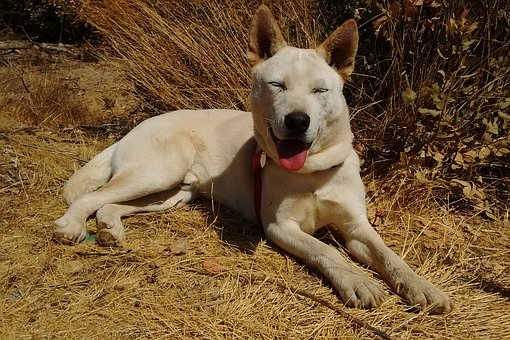Imagine that you run a rescue centre and one day, you found a little creature in a box that had been dumped by your gates (see picture). There is a note that says “We can no longer care for this creature, there is only one person in the world who can tell you how to look after him/her but he only responds to direct questions, you can contact him at xxxx”. So you phone the number provided and ask questions – what would you ask? Here are some examples:
- What does he/she eat? How much? How often? In a bowl? From the ground?
- What is the normal length of time he/she should sleep for?
- What does he/she like to do? Climb? Burrow? Dig? Jump? hide?
- How can I tell if he/she is healthy?
- What does he/she do when she is frightened? Happy? Sad?
- Does he/she like to live in groups or alone?
- How far would he/she naturally roam in a day?
All these questions could be clustered into the Five Freedoms, a framework for considering welfare:
- Freedom from hunger and thirst
- Freedom from discomfort
- Freedom from pain, injury and disease
- Freedom to express natural behaviours
- Freedom from fear and distress.
And armed with the answers to our questions we would have a much better idea of how to look after the little creature than we did before – meeting his/her physical and mental needs.
The Five Freedoms have been superseded by the ‘Five needs’ to frame welfare as elements animals need, rather than what they need to avoid. And more recently welfare science has moved to consider quality of life: what makes a life worth living? Is an animal not just surviving but are they thriving?
It is easy to think about the things the alien might need, and usually when I do this exercise people come up with a huge range of questions we would need to ask to be sure we could take care of the little creature well. But what if, instead of the alien, we consider the domestic horse? Or the pet dog, cat or rabbit? Are we so quick to consider all the things they need? Throughout my career as an animal welfare consultant, I have found that owners often consider welfare to be mostly about health – but welfare is more than just a shiny coat. Welfare is the mental, as well as the physical, well-being of an animal and it is the mental and behaviour elements that many owners do not consider as fully as we should.
Although it is easy to get carried away by the things available in pet catalogues, if a pet could choose what you were to buy them it would probably be different from what we would choose. Rather than a lovely new hard bed, for example, a dog might prefer to have a raised soft bed that is big enough for them to lie stretched out, to reflect the natural sleeping behaviour for dogs.
Another example – about 10% of a horse’s diet is browsing (bushes and trees) but owner often panic when a horse eats trees. If we understand that in welfare terms having enough food isn’t just about the calories and nutrients needed but also about how the food is presented and what eating behaviours we can encourage, we could put more energy into considering the presentation of our horse’s food to perhaps include leaves and twigs (from appropriate trees), we might hide carrots in the hay, or soak hay in water with herbal tea bags for a variety of tastes.
When we think of our animal’s needs from a welfare point of view we can start to think of innovative ways to enrich their lives so they truly thrive.
Suzanne Rogers BSc(Hons) CHBC




